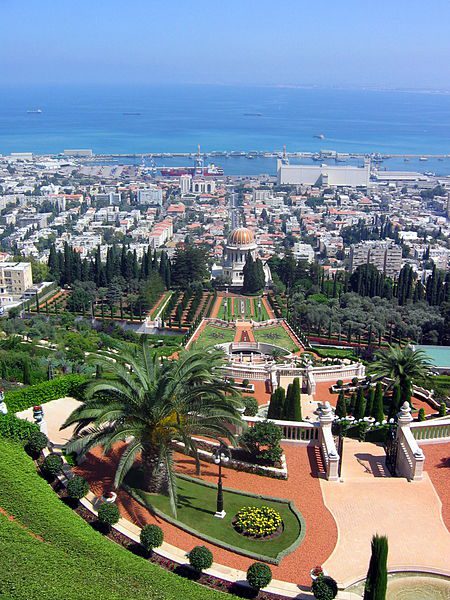
(Photograph by Danny Lyulyev, Wikimedia CC)
Continuing with my narrative of the history of the Church in the Holy Land and the Middle East:
At first it appeared that Elder Sjodahl’s prayer would be abundantly answered. He did have some success among the Arabs. However, sickness cut short his mission in the Near East, and he was obliged to return to Switzerland. There were other setbacks, too. In 1888, Magdalena Grau, the blacksmith’s wife, died and was buried in the old German cemetery in Haifa at the foot of Mount Carmel, where her grave can still be seen. Her husband emigrated to Utah for a few years, but returned to Haifa in the late nineties as a missionary to his old German friends in the colony there. For some years, he served the branch in Haifa as its president. Meanwhile, in 1890, Elder Edgar D. Simmons became the first Latter-day Saint missionary to die in the Near East when he succumbed to smallpox and was buried at Aintab, Turkey (modern-day Gaziantep). Another, Elder Adolph Haag of Payson, Utah, died of typhus fever at Haifa on 3 October 1892 and was buried not far from Magdalena Grau in the city’s little German cemetery.
This was sad, but the work went on. Elder Haag’s companion, President Musser of the Turkish Mission, kept himself busy preaching the gospel in both English and German, as well as studying Arabic in order to expand the scope of his missionary service yet further. He visited Jerusalem on several occasions, working among the Arabs. He was astonished by their customs, which to him were completely exotic. He was also deeply impressed by the Dome of the Rock, the Muslim shrine on the Temple Mount. By the time he left, there were three small branches of the Church in the Near East: at Aleppo in Syria, at Aintab, Turkey, and at Haifa. In 1895, however, yet another missionary, serving the Lord in a far off and very foreign land, died of smallpox. Elder John A. Clark was buried near the grave of Adolph Haag, again in the German cemetery at Haifa— a place that, for more than one Latter-day Saint visitor to the Near East, has now taken on something of the character of holy ground. Yet the graveyard is not entirely a melancholy spot, and not only because we know of the glorious promises made to those who give their lives in the faithful service of the Lord. It demonstrates, as eloquently as anything can, the interest that the Church of Jesus Christ of Latter-day Saints has long had in the land of Palestine and the high price that members of the Church have been willing to pay for that interest and that faith.[1]
[1] It has been claimed that, many years later when the question arose of official recognition for the Church in the nation of Israel (previously Palestine), the graves of Elders Haag and Clark in Haifa served to demonstrate that the Church had been actively established in the land prior to the partition of Palestine and the organization of the State of Israel, which was a condition required for recognition. See Baldridge, Grafting In, 7. Unfortunately, recent research has cast doubt on that claim, and it cannot be substantiated at the present time.












